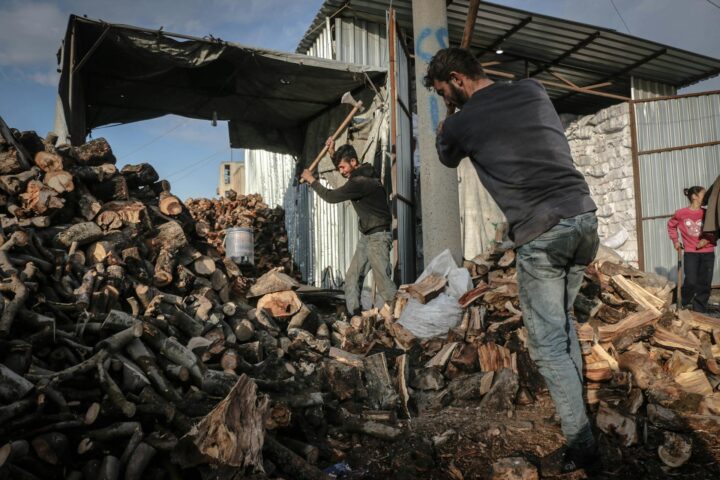-
5 Tips for Harvesting Timber
Is your harvest coming? There are a few things you can do to ensure a bountiful - and safe - harvest. This season is all about being prepared, as well as being aware of your surroundings and the resources that are available to you. Here are a few tips to help you make the most of your harvest:
1. Set A Date
The time of year you harvest your timber will depend on the type of tree that you are harvesting. For example, conifers are typically harvested in the winter, while hardwoods are harvested in the spring or summer. Once you know what type of tree you will be harvesting, you can set a date for the harvest.
Many find that harvesting in winter or late fall is efficient due to the lack of foliage. These times of the year, however, present more weather and climate-related risks. Rain, snow, ice, and sub-freezing temperatures can all impede or damage the harvest, or your machinery. Choose a date with the best chance for clear weather and moderate temperatures.
2. Choose The Right Equipment
The type of equipment you use for your harvest will depend on the size of the trees you are harvesting. When harvesting large trees, you will need heavy-duty equipment, such as a skidder or a feller buncher. Smaller trees can be harvested with a chainsaw or a hand saw.
Using the wrong equipment for the job can be dangerous for yourself and cause damage to the tree. If you are unsure of what type of equipment to use, consult with a professional before beginning the harvest. There is no shame in admitting that you need help; the safety of yourself and the tree comes first.
When you are working with large machinery, there is always the potential for accidents. Be sure to have a first aid kit on hand and a plan for what to do in case of an accident.
3. Have A Plan
It is important to have a plan before beginning the harvest. This plan should include the number of trees you plan to harvest and where they are located. Having a plan will help you to work more efficiently and avoid any surprises along the way.
Ensure that you have:
- Reliable transportation to and from the harvest site
- An understanding of the terrain
- A clear understanding of the legalities of harvesting in your area
- The necessary permits and licenses
4. If Using a Logging Company, Do Your Research
If you are planning on using a logging company to harvest your timber, it is important to do your research. Not all logging companies are created equal, and you want to be sure that you are working with a reputable company.
Get referrals from friends or family who have used a logging company in the past. Once you have a few companies in mind, be sure to ask them questions about their experience, their process, and their rates.
5. Stay Safe
The most important thing to remember when harvesting timber is to stay safe. This means being aware of your surroundings, being cautious when working with machinery, and being prepared for the unexpected.
If you take the time to plan and prepare for your harvest, it will be a successful and safe experience.




